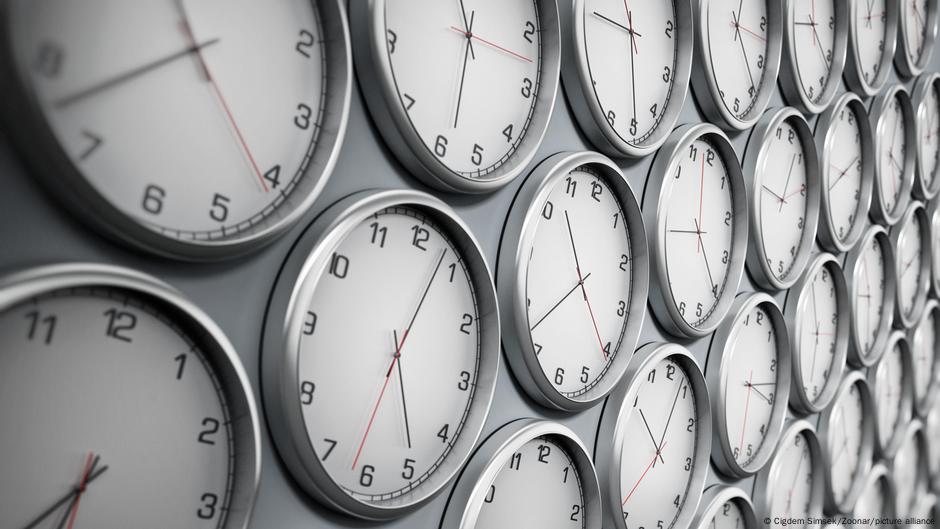Summary
Most European countries moved clocks forward one hour on Sunday, marking the start of daylight saving time (DST), a practice increasingly criticized.
Originally introduced during World War I to conserve energy, DST returned during the 1970s oil crisis and now shifts Central European Time to Central European Summer Time.
Despite a 2018 EU consultation where 84% of nearly 4 million respondents supported abolishing DST, implementation stalled due to member state disagreement.
Poland, currently holding the EU presidency, plans informal consultations to revisit the issue amid broader geopolitical priorities.



I’m really curious why you think it important that solar noon occurs at or after clock-noon. My only care is that they are close together, it doesn’t matter which is first.
Outdoor trades tend to start work around 7am, when noise ordinances are lifted, and knock off a couple hours after midday, to avoid the heat of summer. With midday at 11:30, summer sunrise was three hours before they could even start their work. All those cool morning hours, perfect for hard work, completely wasted, while workers suffer heat exhaustion in the afternoon.
Fortunately, we have only rarely used legacy time in summer in the past hundred years. We’ve built our legal and industrial infrastructure on the premise that solar noon will occur sometime between 12:30 and 13:30 local time for 8-9 months of the year.
Maintaining that historical expectation with permanent summer time will greatly reduce the transition to a “locked clock”.